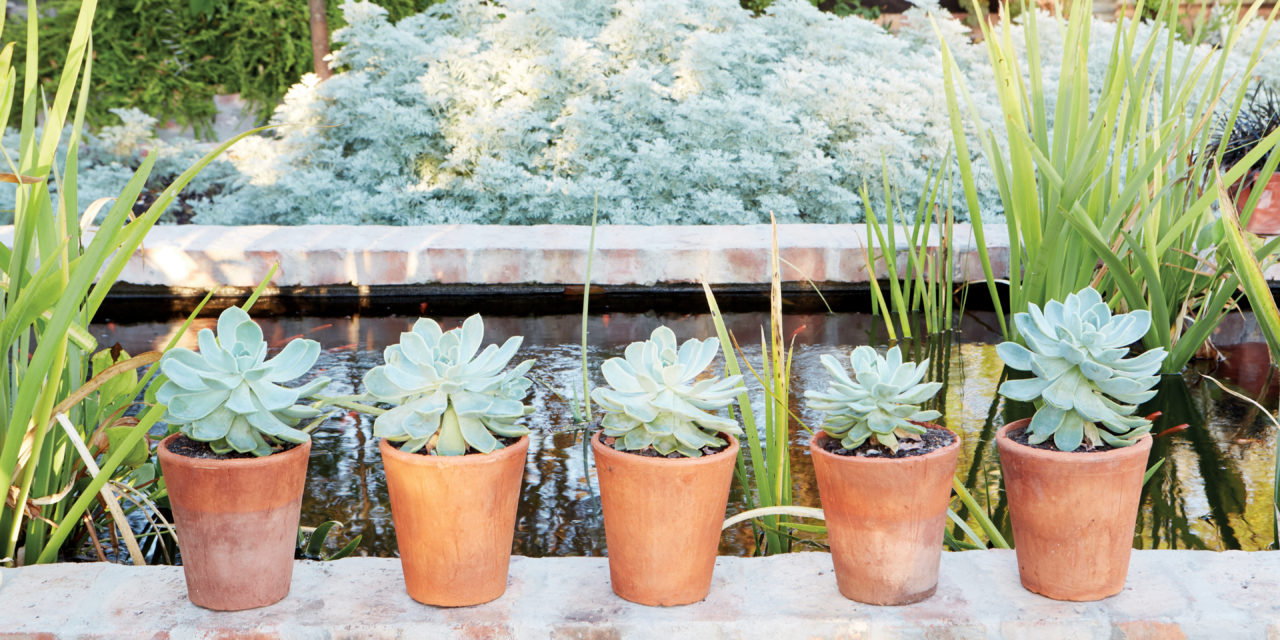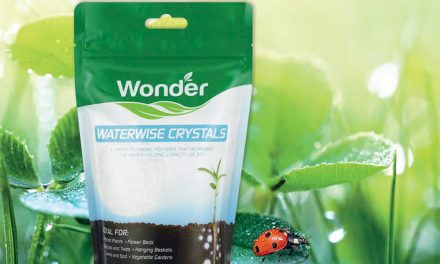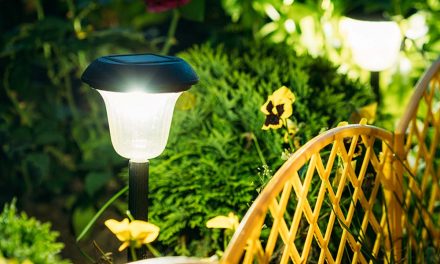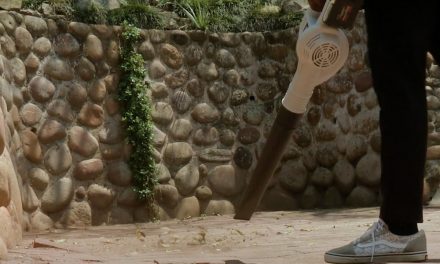Everyone loves these cheerful, versatile succulents.
Echeverias are easy to grow, drought-tolerant, make a great statement when planted in large groups, work well as waterwise groundcovers and are perfect for pots. Apart from their striking foliage, they also bear small flowers on slender stems carried above the foliage. Plant echeverias in well-drained soil in full sun or semi-shade. When the soil dries out, water them well but the soil must not stay
damp; wait until it has dried out completely before watering again and try to avoid pouring water on the leaves. Echeverias seldom need extra fertiliser. Echeverias are widely available at nurseries, with many different varieties from which to choose.
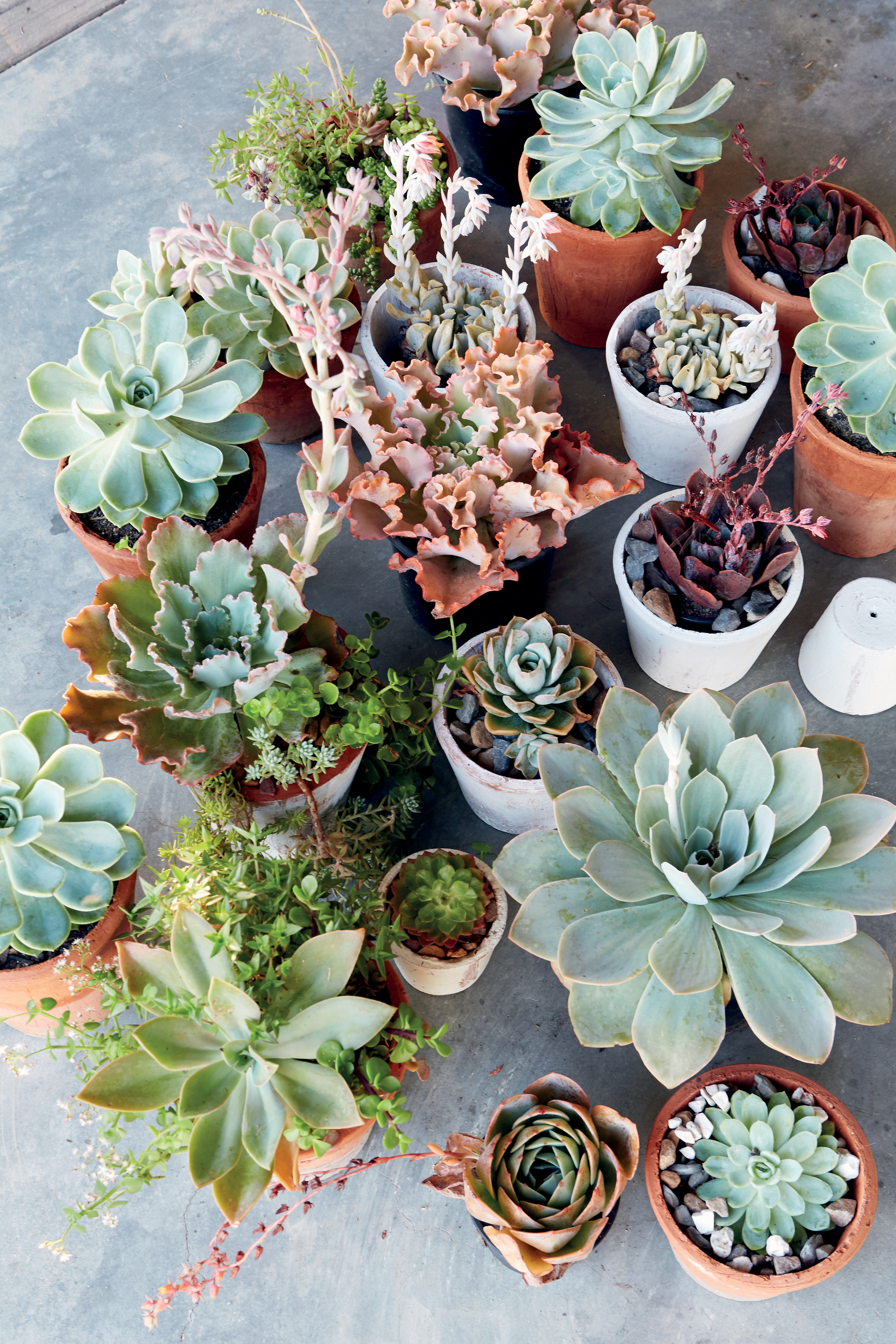
Growing Tips
In Groups
Avoid planting echeverias singly in beds or rockeries; they will get lost among the other plants and won’t be shown off to best effect. They are best grown in large groups. On the other hand, a single specimen makes a lovely statement in a small pot.
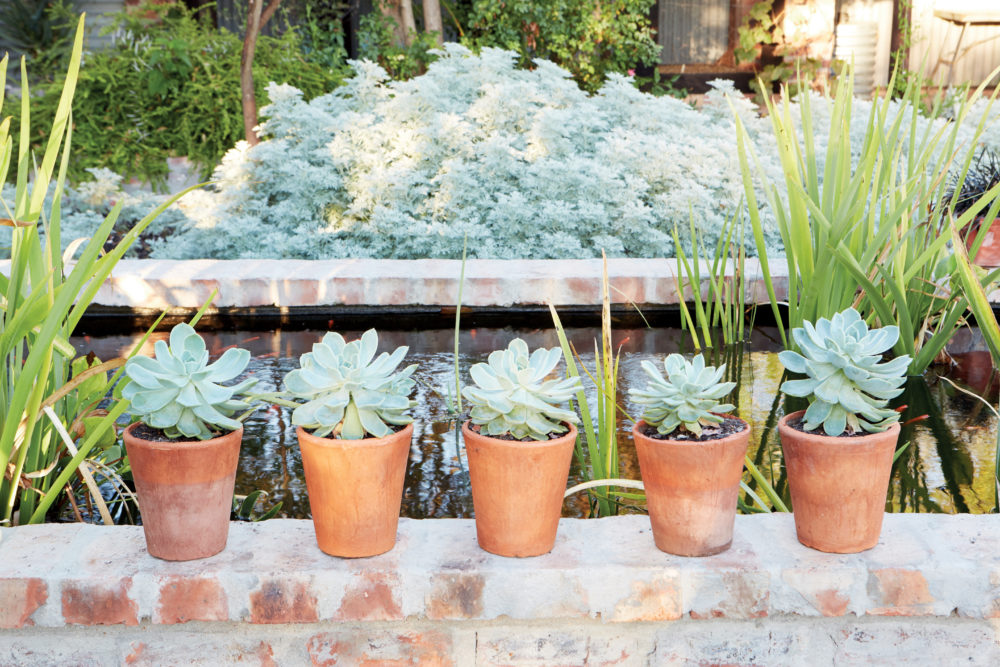
In Pots
Echeverias look good in containers but make sure you use a porous terracotta pot that will allow any excess moisture to escape. This will help the soil to dry out more quickly, which the plants prefer. Arrange a row of smaller pots with one plant in each as a focal point or plant a group of them in a bigger pot – an urn-shaped pot is ideal as the stems will cascade over the edge. With minimal effort, these plants always look good.
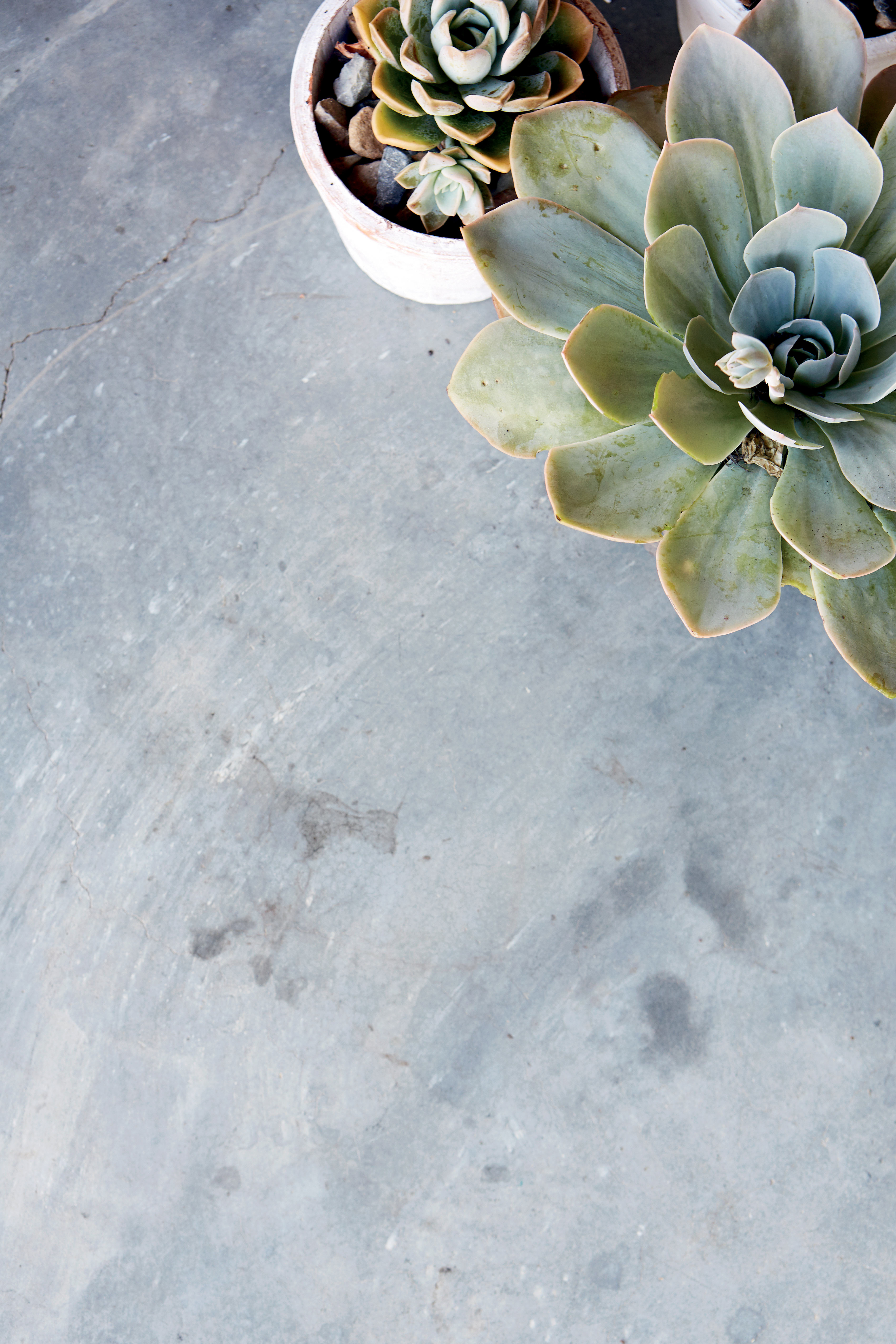
From Cuttings
Echeverias grow easily from cuttings. Even a leaf that falls to the ground will form roots and make a new plant. They also propagate easily by forming new plantlets next to the mother plant; leave them as is to form large clusters of plants or carefully break off the new stalk and plant it elsewhere. If you’re keen to propagate lots of new plants, break off leaves at the point where they attach to the stalk. Make sure they break off cleanly, including the little nub where it was attached to the parent stalk – this is where the new plants will form. Place the leaves in the shade for a day to seal their wounds so they won’t rot. Then place them on top of well-drained soil in a container, making sure the nub touches the soil. Keep the soil moist but not wet, or the leaf will rot. Water twice a week; this is sufficient. The leaves will form roots and pretty soon you’ll have lots of new plants!
Credits
Referenced from Gallo images / Home Magazine

